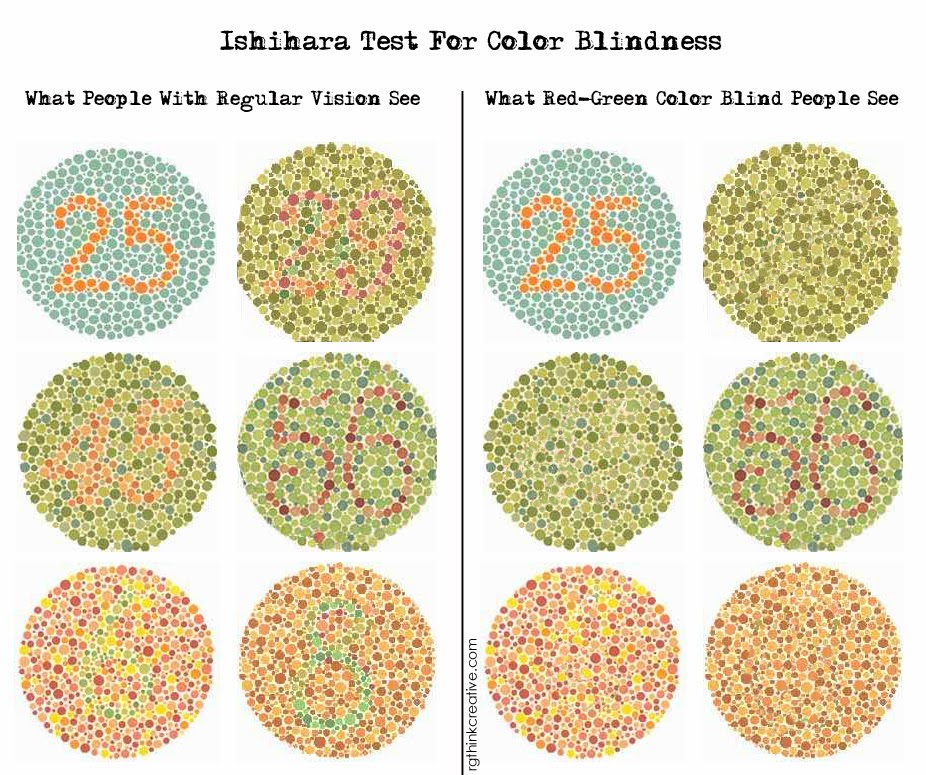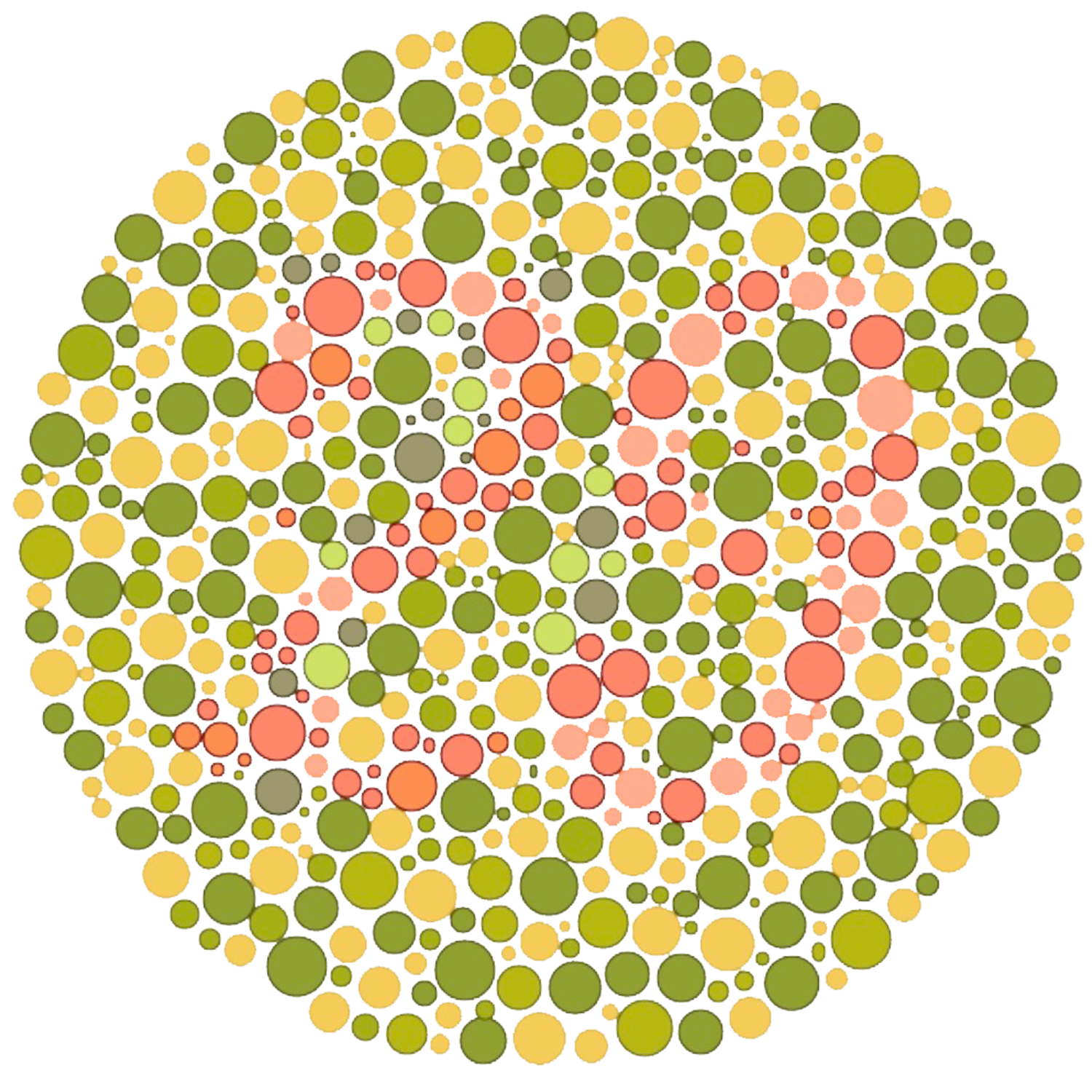

When performed together with other tests, your doctor can accurately use the assessment to categorize your color vision deficiency. You will use the knobs to manipulate the colors.Īnomaloscope is the standard test for diagnosing color blindness. Your doctor will ask you to look into the anomaloscope and match lights in the two fields to have the same color and brightness. Anomaloscope testĪnomaloscope is an optical instrument with two different colored fields and control knobs. While these tests are more objective, they are not suitable for the pediatric population, as they require patience, abstract ordering, and dexterity. If your work requires excellent color vision, arrangement tests are the best option for screening and diagnosing color deficiency. The design of the tests makes them suitable for evaluating various aspects of color vision, including fine hue discrimination, neutral zones, saturation discrimination, and color confusion. Arrangement TestsĪlso known as hue tests, the arrangement test requires you to arrange blocks of different colors in a particular order.

For example, the Ishihara test checks for only red-green blindness while the Hardy-Rand-Rittler can identify blue-yellow and red-green color vision problems. These screens check for different types of color blindness. If you have an abnormality of the cones, you might not identify the pattern at the center of the plate.īesides the Ishihara test, color plate variants include Dvorine, American Optical Hardy-Rand-Rittler, Tokyo Medical College, and City University Test. The color plate tests require you to identify letters, shapes, or numbers made of dots featuring a specific color on a multi-colored background. There are multiple types of pseudoisochromatic color plate test, with Ishihara charts being the most typical variant. Screening Tests for Color BlindnessĬolor blindness can be detected by various methods, including color plate, hue, and anomaloscope tests. If you have total color blindness, you might not see anything in the test charts and plates. People with color vision deficiency often struggle to see letters or numbers formed by these dots. A color blind test involves reading special characters formed by multi-colored dots on specific backgrounds. When you think it likely that you have color blindness because of a family history or have difficulty recognizing some colors, your doctor will perform a color vision test to confirm the diagnosis. There is no cure for color blindness, but special lenses can alleviate the symptoms and help you live a normal life.

Other variants of color blindness include blue-yellow and total blindness.

Red-green color blindness that results from red or green cones abnormalities is the commonest type of color perception disorder. Various color-blindness tests enable doctors to learn if cones are functioning properly and, if not, which ones are defective. Any abnormality of the cones, including the absence of a single or more types, leads to color vision deficiency. Three types of cones - red, green and blue - allow you to differentiate between colors. Rods detect light, while cones are responsible for color perception. Human eyes usually contain unique cells known as rods and cones that enable us to see. Therefore, if your first-degree relative has color vision deficiency, you are more likely to develop the condition. In most cases, color blindness is a hereditary disorder, one that runs in the family. But any finding of a color vision deficiency needs to be confirmed by other tests such as Ishihara color plate, anomalscopy and other tests in a doctor’s office. If you can see the number, chances are you are not color-blind.Online tests now make it possible to screen for color blindness from the comfort of your home. There is a number in the center of the circle. Here is a sample of charts used to test for color-blindness. If you have any questions about your own possible color vision deficiencies consult a licensed medical professional. The results of this test are not to be considered a valid medical test for color blindness and merely serve to illustrate the tests available. The numbers may more visible with some resolutions and display settings than with others.Ģ. If you cannot see the number that does not necessarily mean you are color-blind. Your computer and monitor may not display the colors accurately. The typical test for color-blindness is based on a person's ability to see numbers inside a circle.īefore you look at these tests, be aware of the following:ġ.


 0 kommentar(er)
0 kommentar(er)
